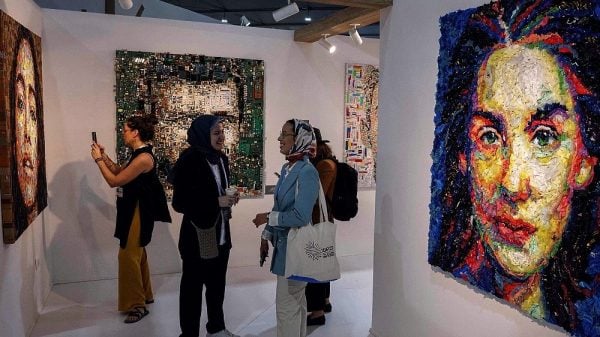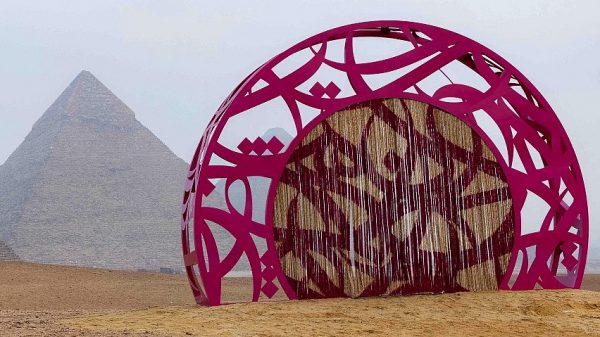CAIRO: In the decade since President Abdel Fattah al-Sisi seized power, Egypt has built dozens of motorways that zigzag across Cairo — crushing entire neighborhoods, precious green spaces and historic grave sites.
The administration of Sisi, a former army general who rose to the presidency in 2013 after deposing Mohamed Morsi, has placed a massive premium on construction projects, in what experts call a “bulldozer” development policy.
Infrastructure has been a key source of “legitimacy” for a government whose playbook to “impress the masses is to build big and build quick”, said Dalia Wahdan, professor of public policy at the American University in Cairo.
Since 2020, that has included demolishing thousands of graves in the sprawling cemetery in the middle of Cairo known as the City of the Dead — a UNESCO-listed world heritage site and the oldest necropolis in the Muslim world.
Salma, 30, watched as the white shroud cradling her father’s bones was pulled up from his grave and moved to another cemetery dozens of kilometers away.
“We were terrified that our family remains would be discarded by the side of the road,” the marketing manager told AFP, requesting a pseudonym for fear of reprisal.
The mausoleums also provide housing for thousands of low-income Cairenes, many of whom served the cemetery for generations as caretakers and gravediggers. Their makeshift homes are now in the path of a flyover.
Once evicted, they will join upwards of 200,000 people who have had their homes demolished in recent years, according to researcher and urban designer Ahmed Zaazaa.
This, he said, had been done “to make room for investments or to build roads that lead to other investments” — chief among them a new capital projected to cost $58 billion.
On Cairo’s outskirts, the government has built thousands of public housing units, where experts say only a fraction of those displaced have gone.
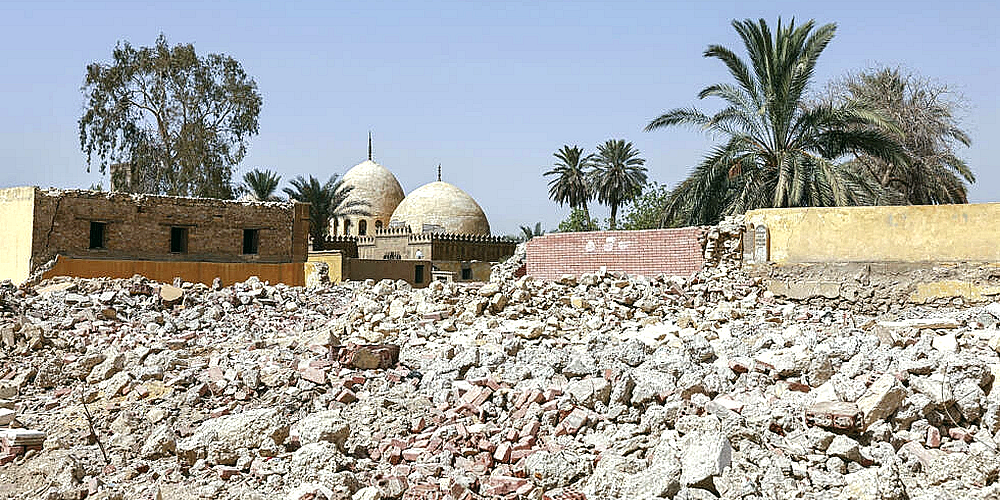
Spray paint notice
In the labyrinthine cemetery where centuries-old inscriptions lie in the dust, some families have received official notice and compensation information.
But many only find out when they see a spray-painted X or a check mark on the wall, meaning the mausoleum where families are buried — many for generations — is slated for demolition.
Wahdan says she has lived in fear since a mark appeared on the grave opposite her recently deceased husband’s tomb.
“I don’t think I will survive having to move him,” she said.
The uncertainty has held some families hostage for years.
Khaled’s family mausoleum was built in 1899, one of many graves with “tremendous architectural value”, the 26-year-old told AFP, also requesting a pseudonym.
Because it falls on a bend in the planned highway, at best “it will be right on the road, but not even officials know for sure,” he said.
The “confusion” Khaled describes has been a staple of a decade of urban transformation in Cairo, home to over 20 million people.
In what is now common practice, residents of low- and middle-income neighborhoods wake up to find the municipality carrying out a census — a sign that bulldozers will follow.
But families do not know when their homes could be turned to rubble, or what may happen afterwards.
Residents of some demolished neighborhoods were compensated and felt “satisfied”, Wahdan told AFP.
Others, however, have been left stranded after years of broken promises during which cases have fallen through the cracks.
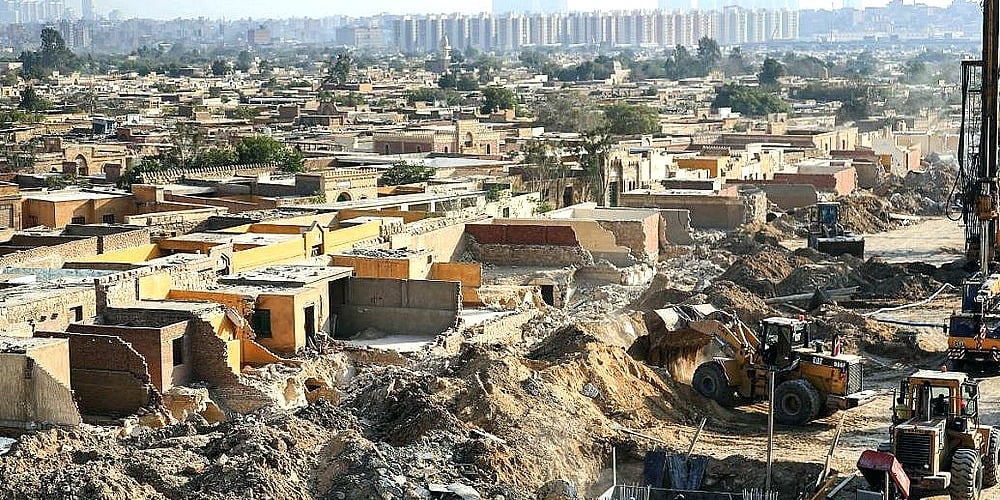
‘Nothing as brutal’
Authorities have long vowed to “eradicate slums”, but as low-income families were pushed out of the city center, most found themselves unable to make ends meet in remote public housing, said Zaazaa.
“So, as we speak, the informal sector is actually expanding to absorb them.”
The state’s crusade against unsafe, dilapidated housing was “a Trojan horse for slum clearance and forced evictions, ultimately disrupting and destroying countless livelihoods,” Wahdan wrote in 2021.
Entire neighborhoods of Cairo have been gutted for investment projects, thousands of trees razed to widen roads and historic houseboats evicted to free up real estate on the Nile River — while authorities push for size and speed.
Sisi has repeatedly applauded his administration for how quickly mega projects have gone up — “only 20-25 percent of which would have been accomplished” if officials had taken the time for “feasibility studies,” he said in 2018.
It is a scenario that has cropped up in the past.
In 1995, Egyptian author Khairy Shalaby recounted the sight of “bulldozers cutting through the cemetery’s heart in hellish brutality, excavators plunging into the earth and throwing the deceased’s bones on either side” in the construction of the Autostrad, one of the megalopolis’s major arteries.
“But it was one stretch of plots, and it was nothing as brutal as we’re seeing now,” Wahdan told AFP.
“This is a moment in the history of Cairo much more drastic than anything before.”
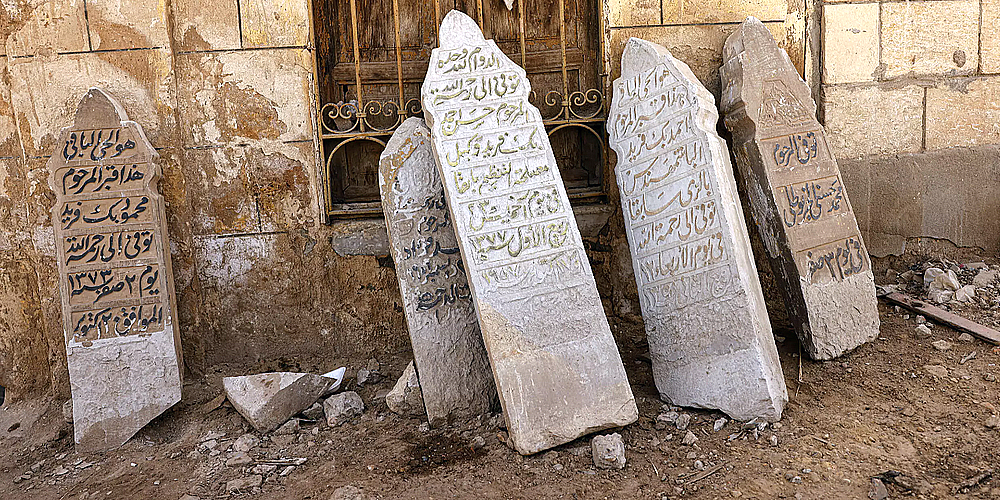
ADVERTISEMENT
ADVERTISEMENT









